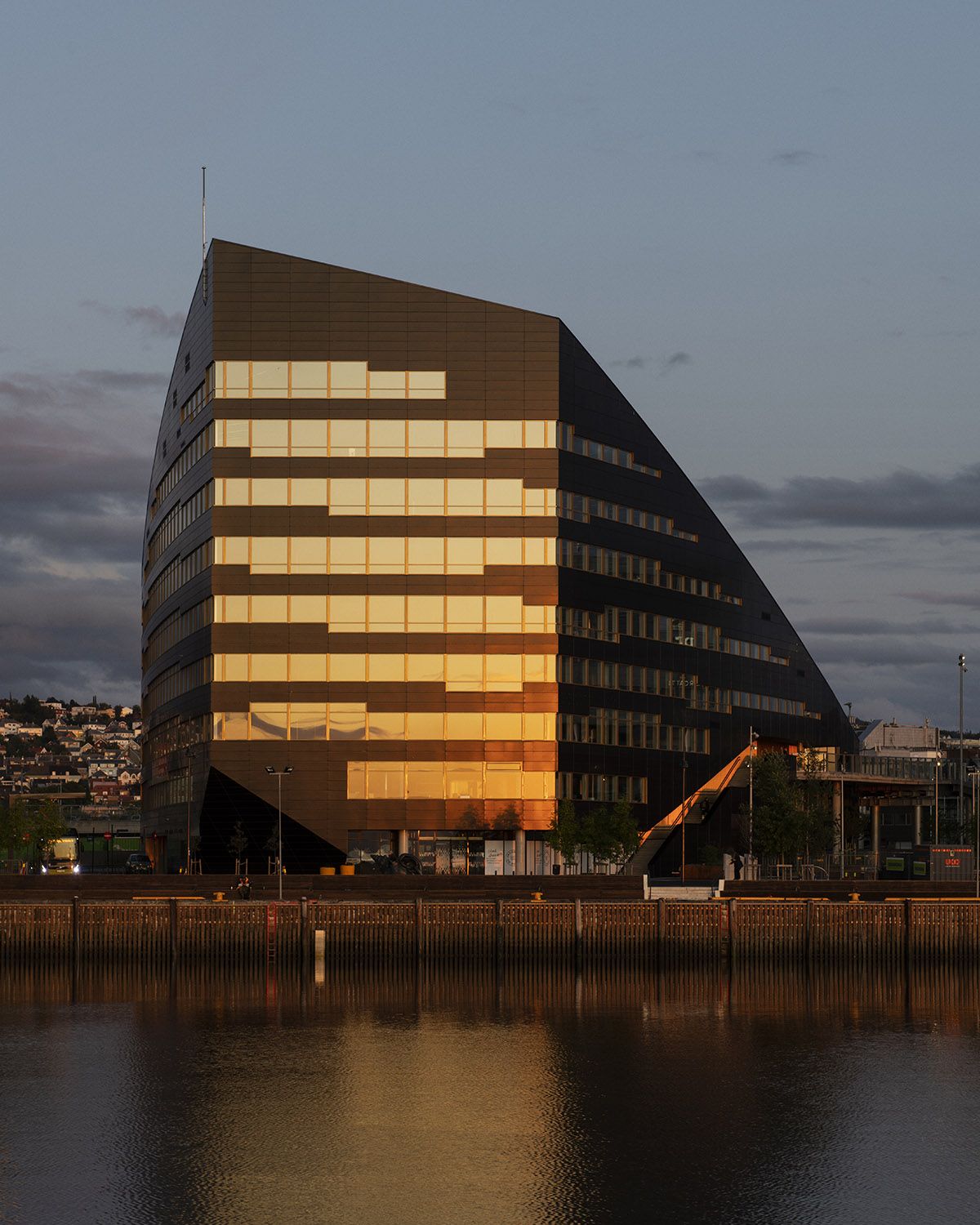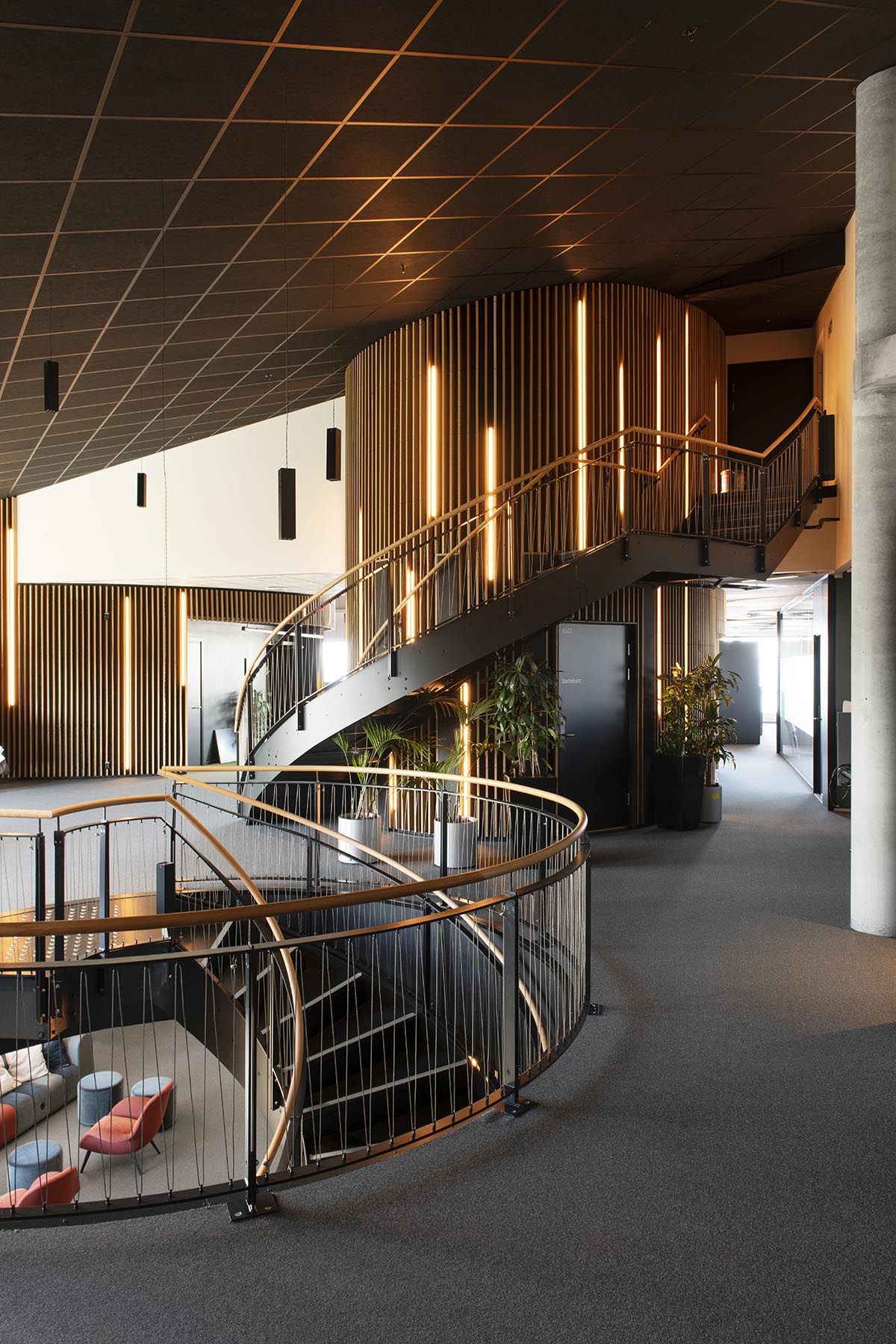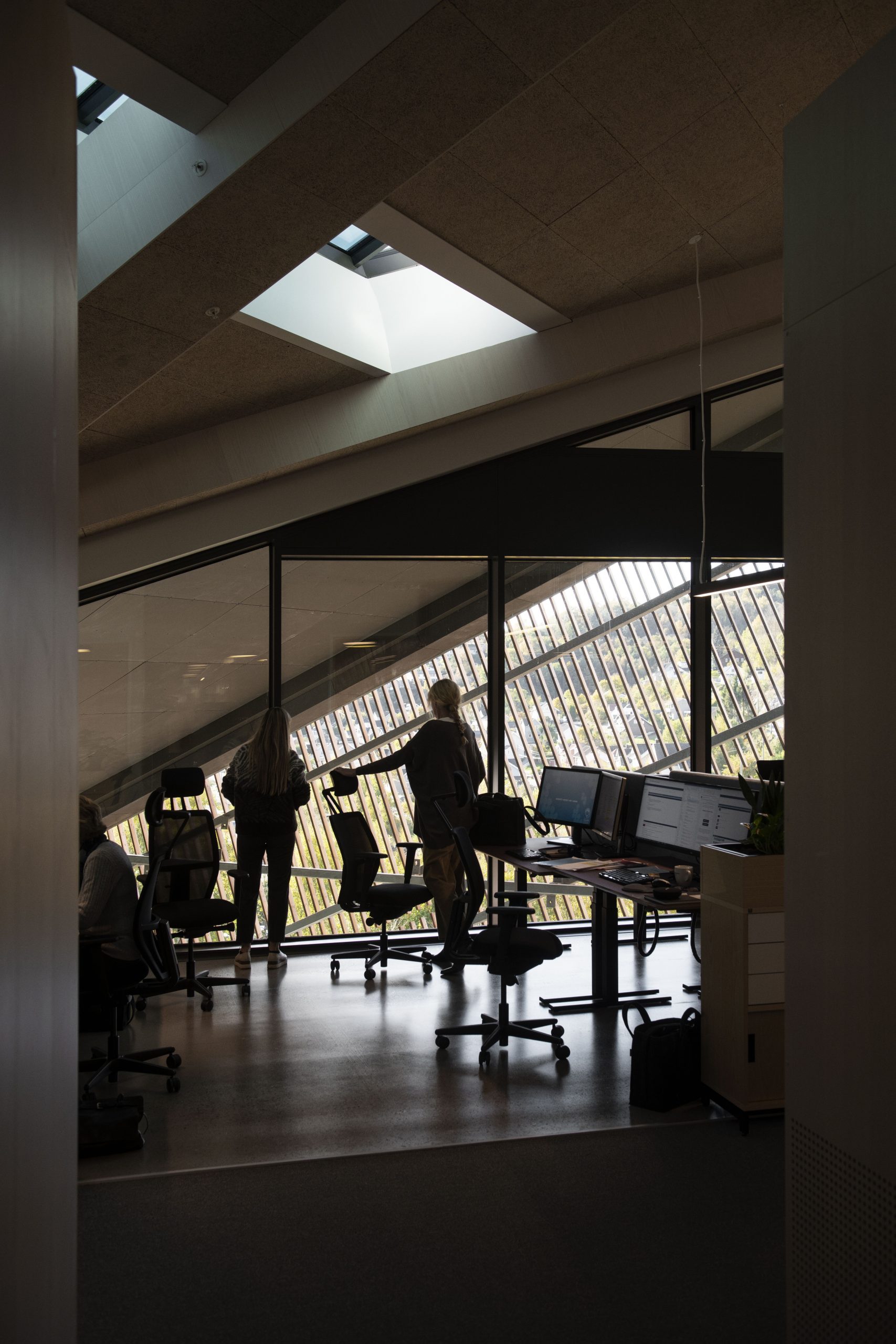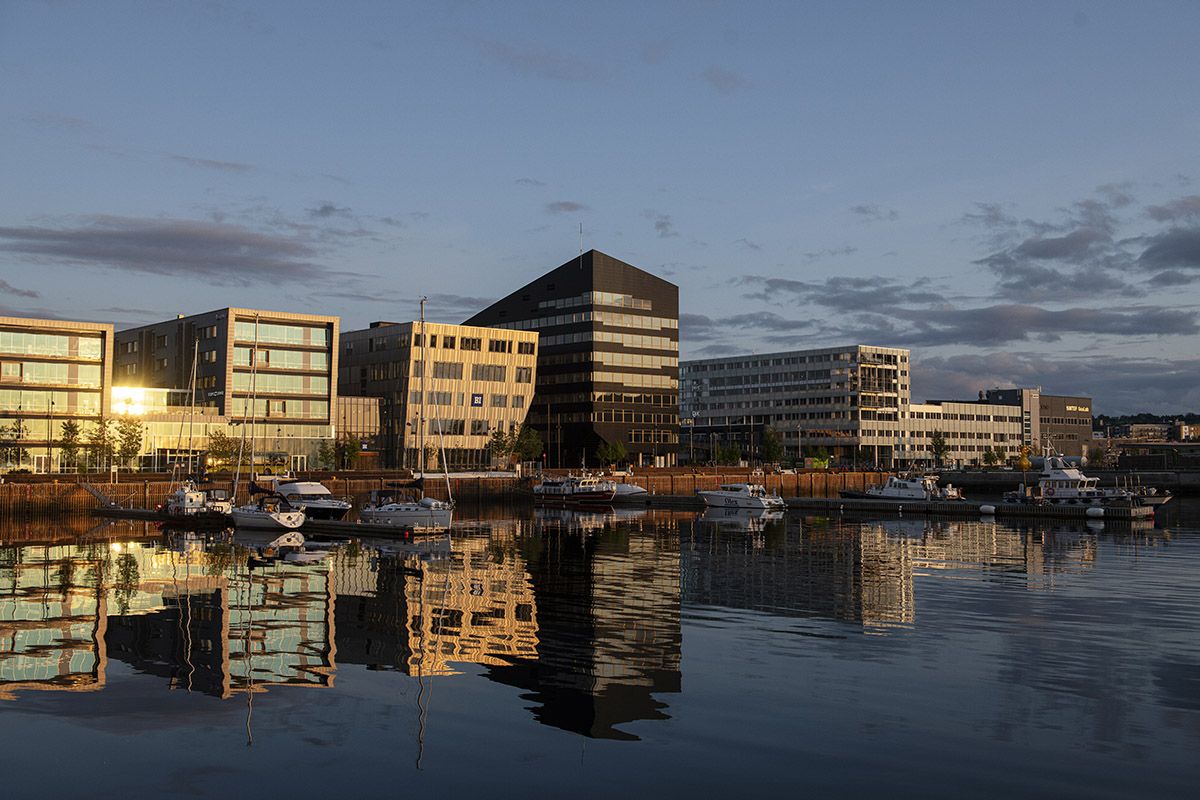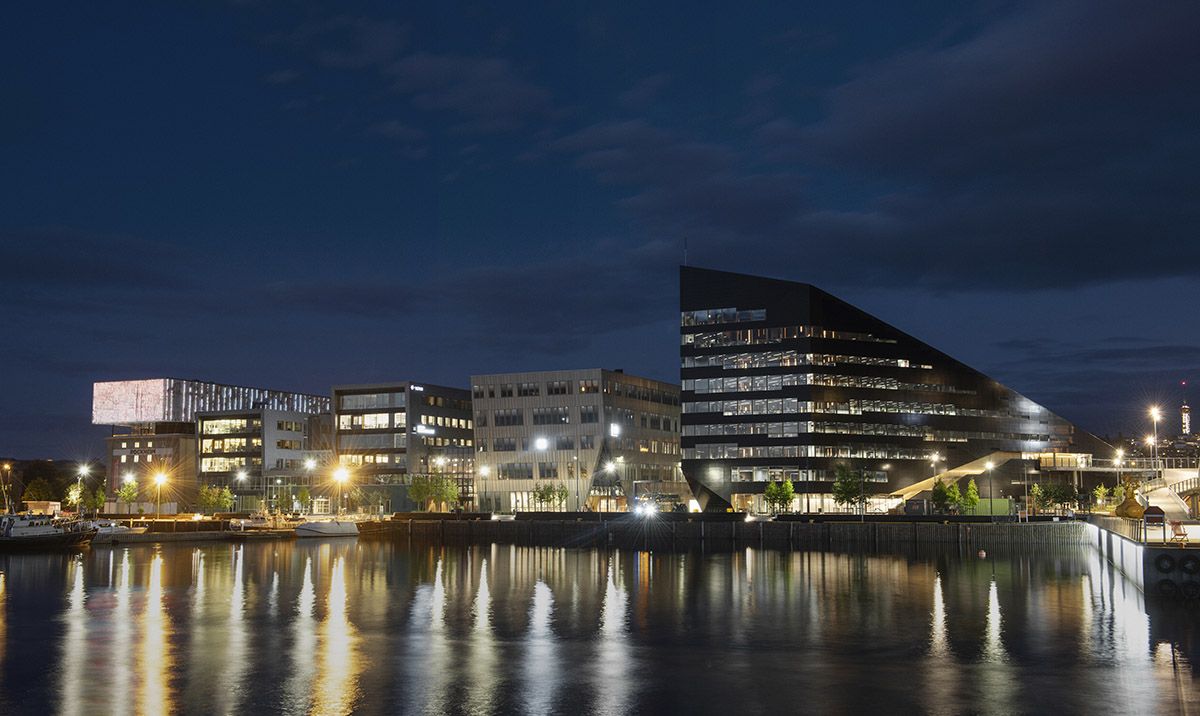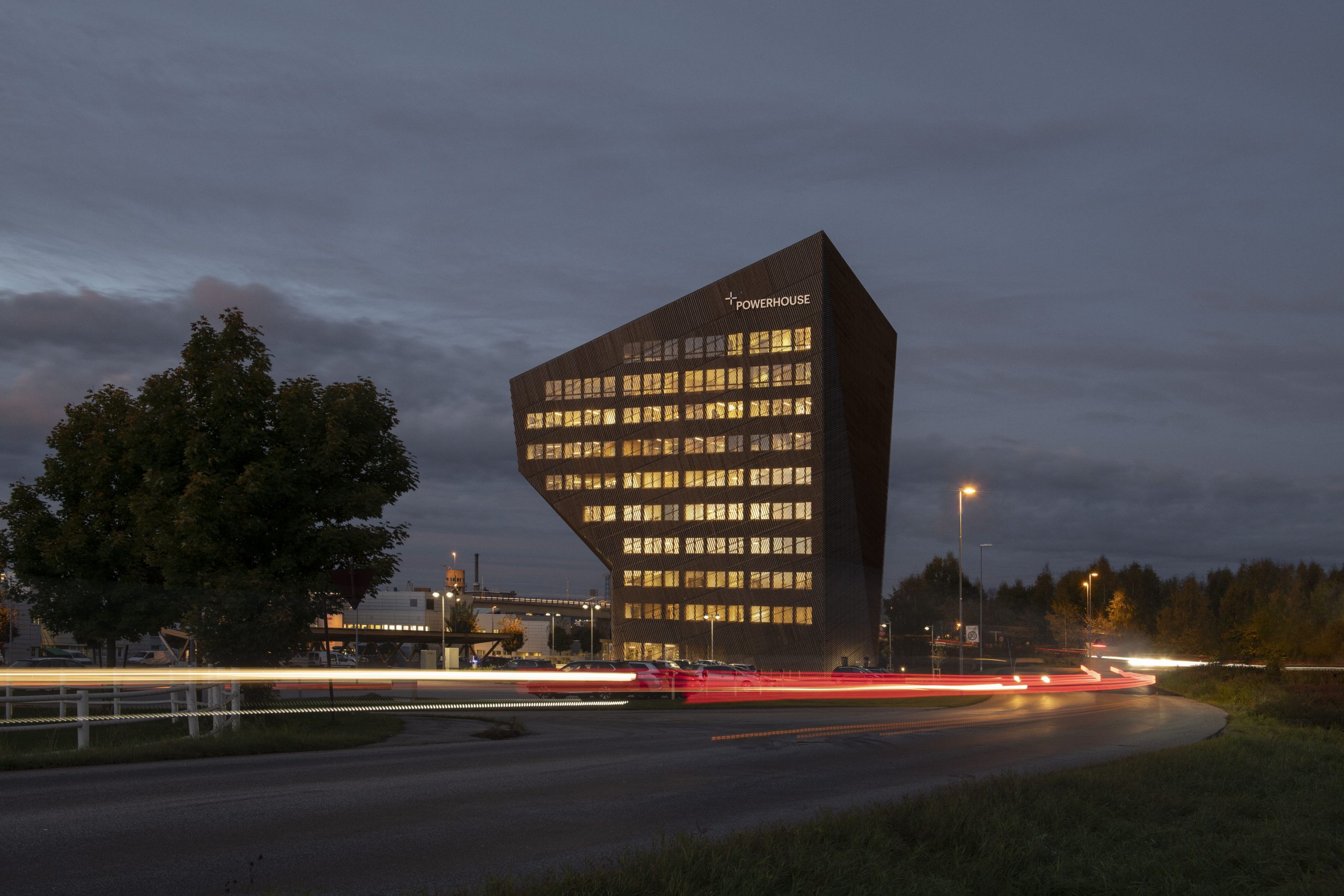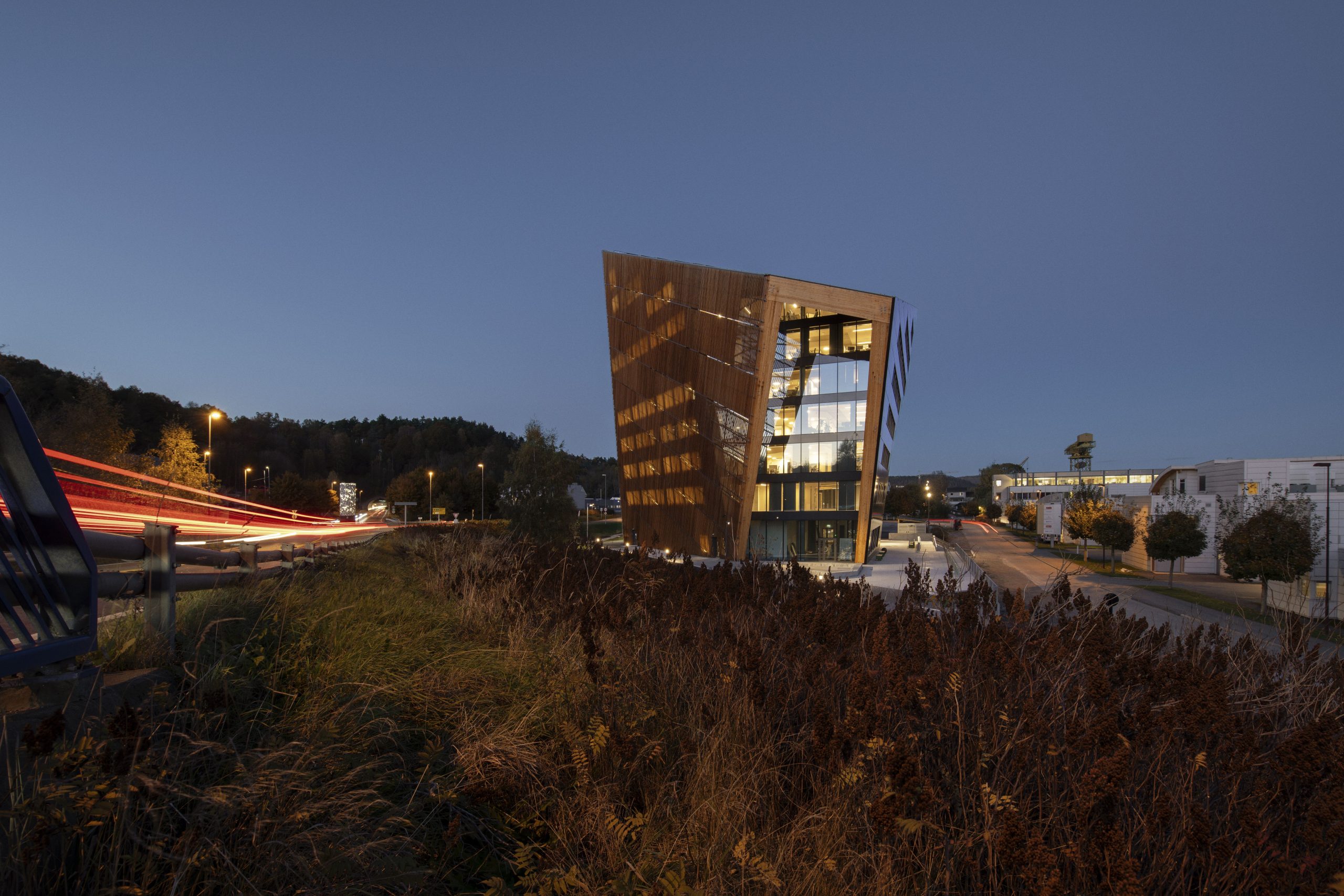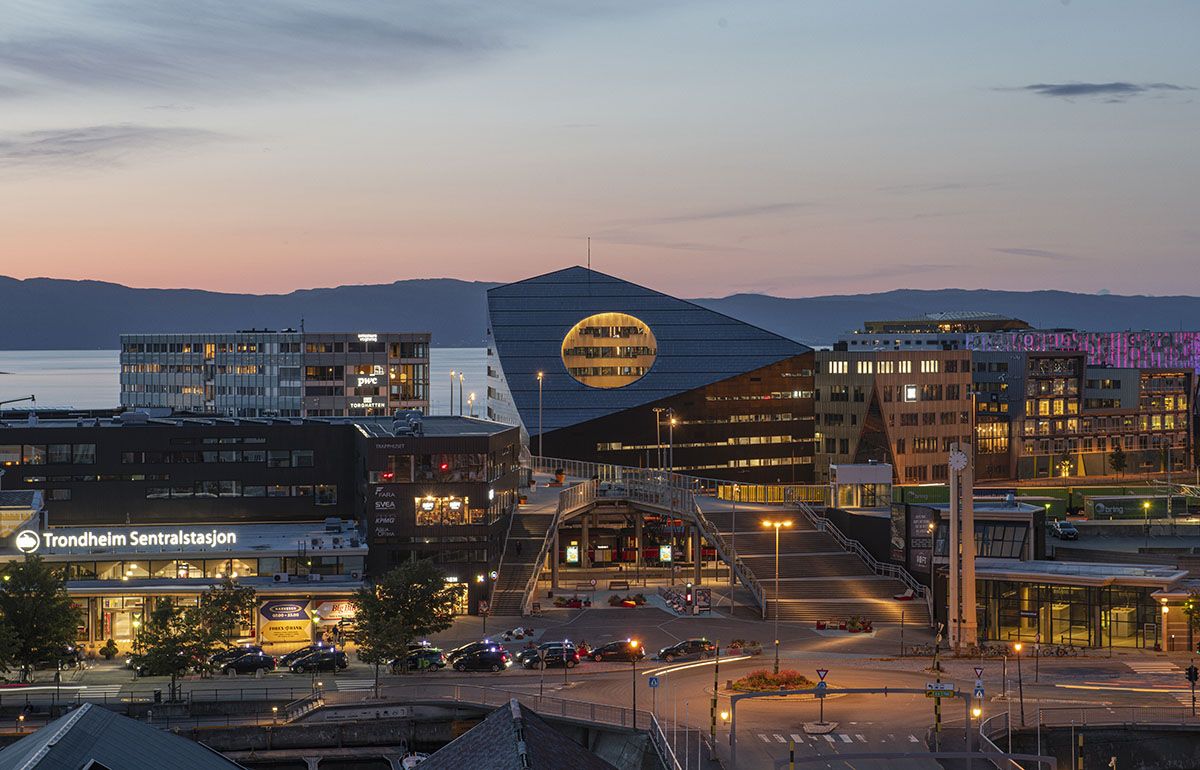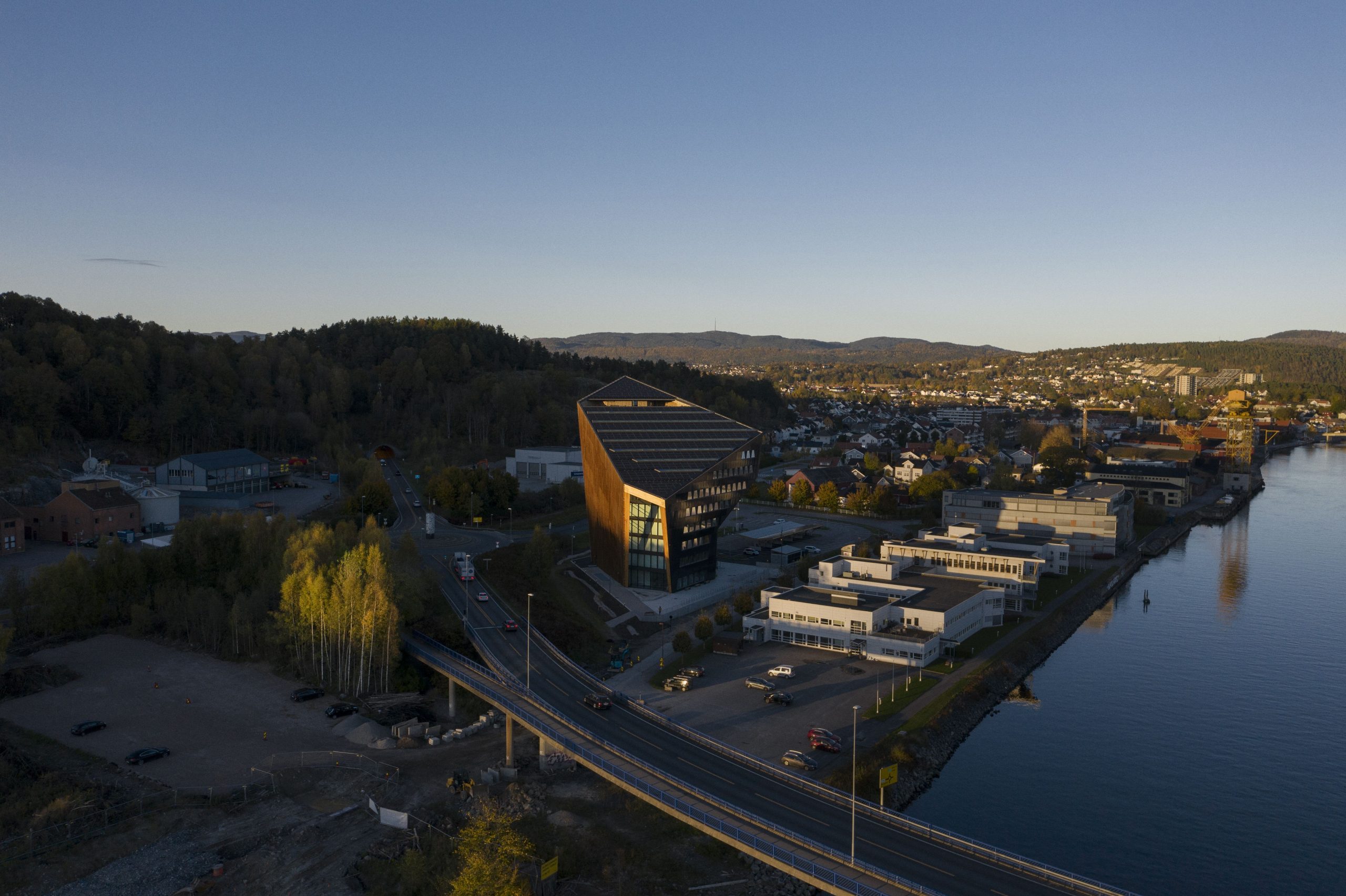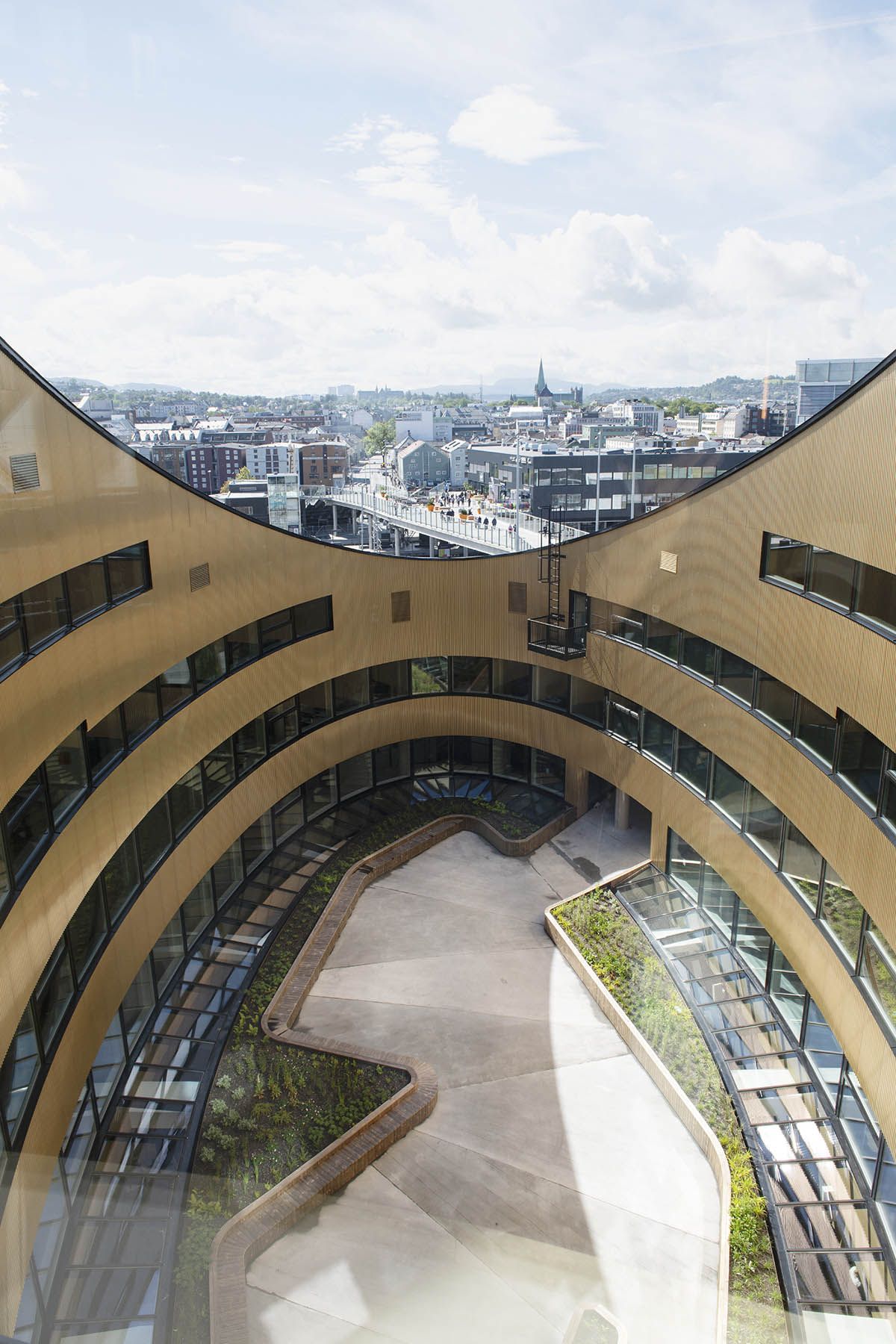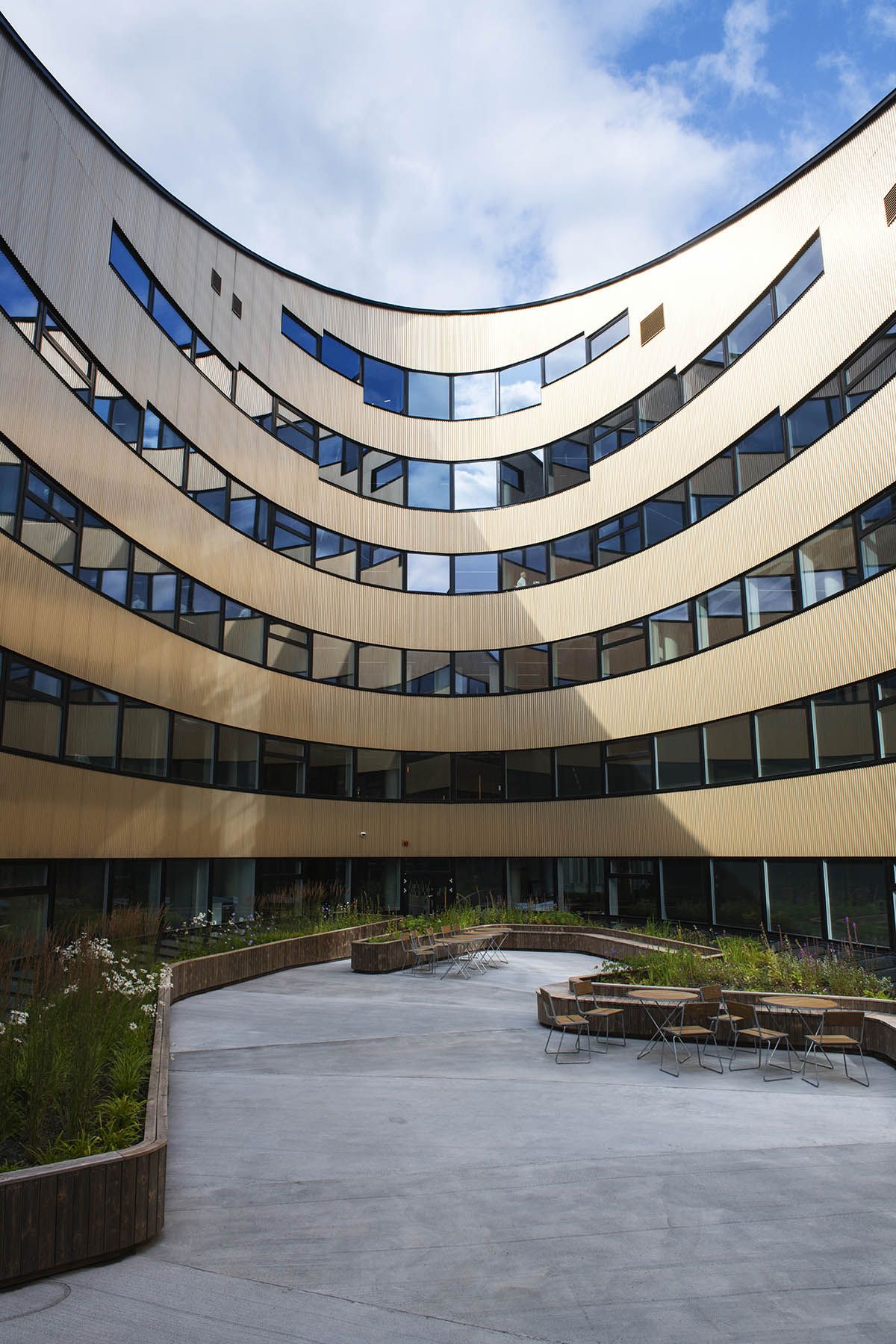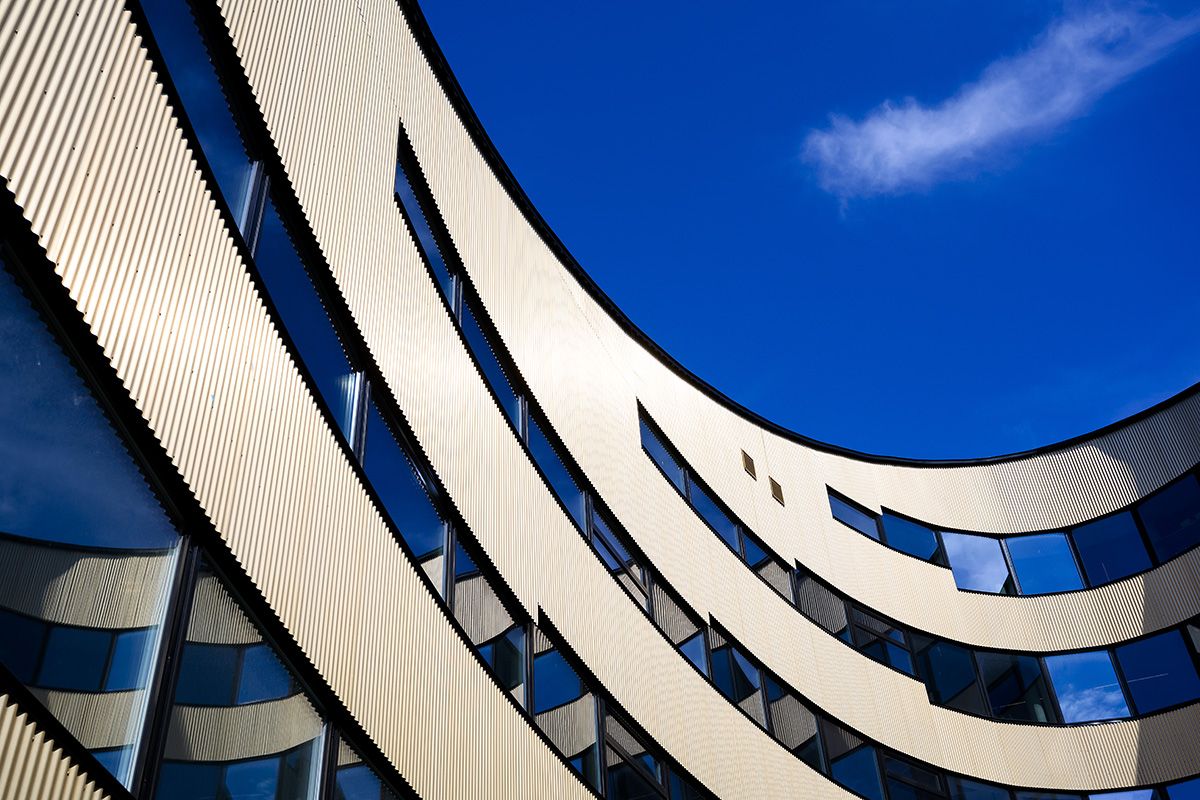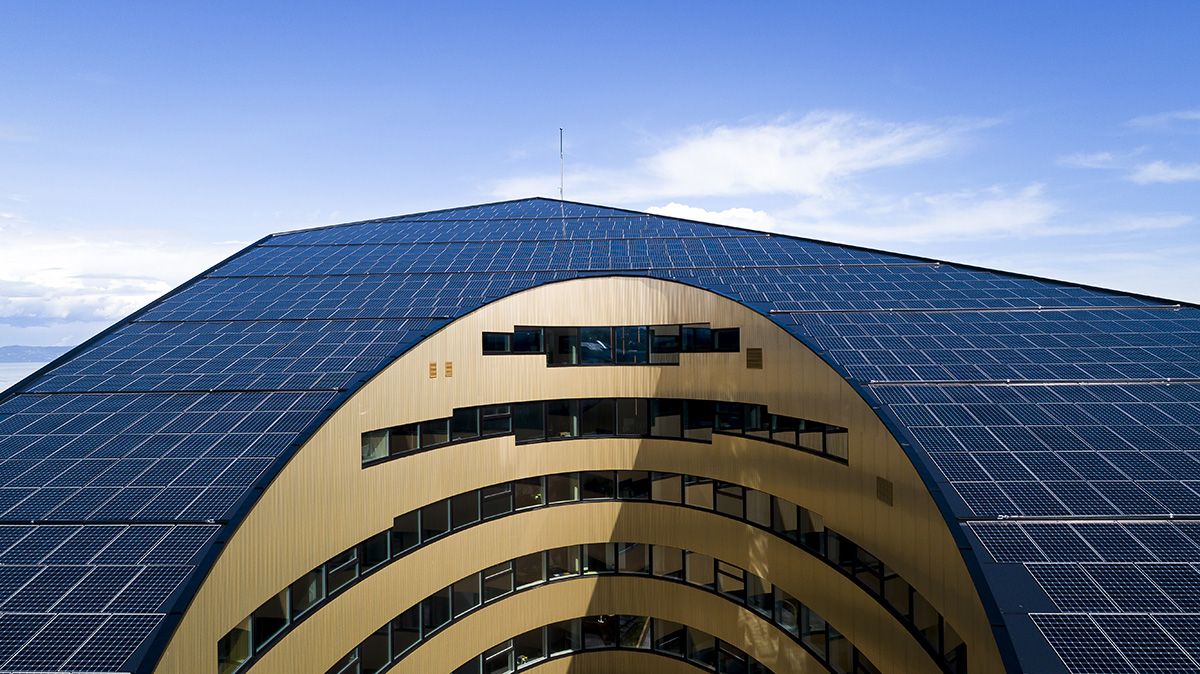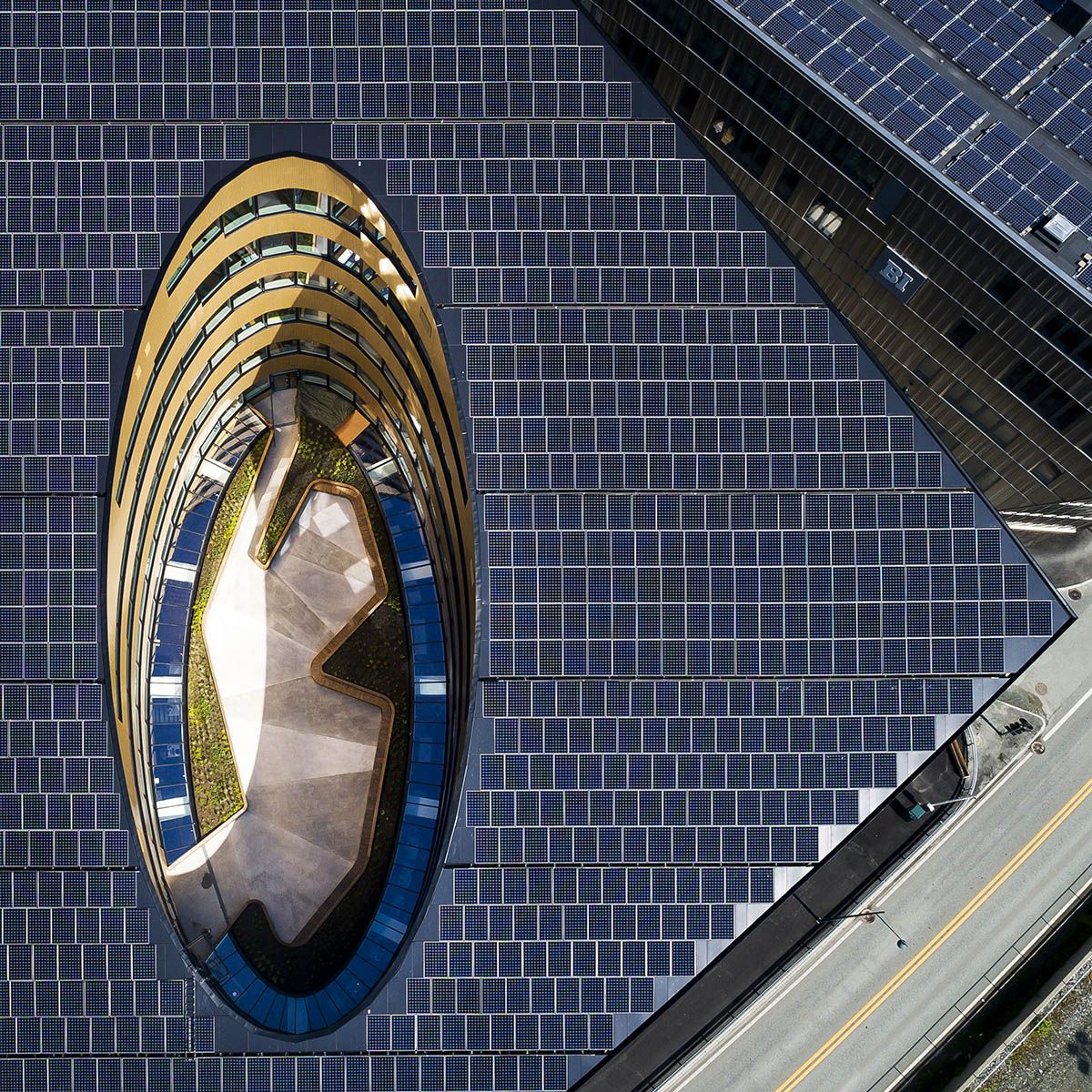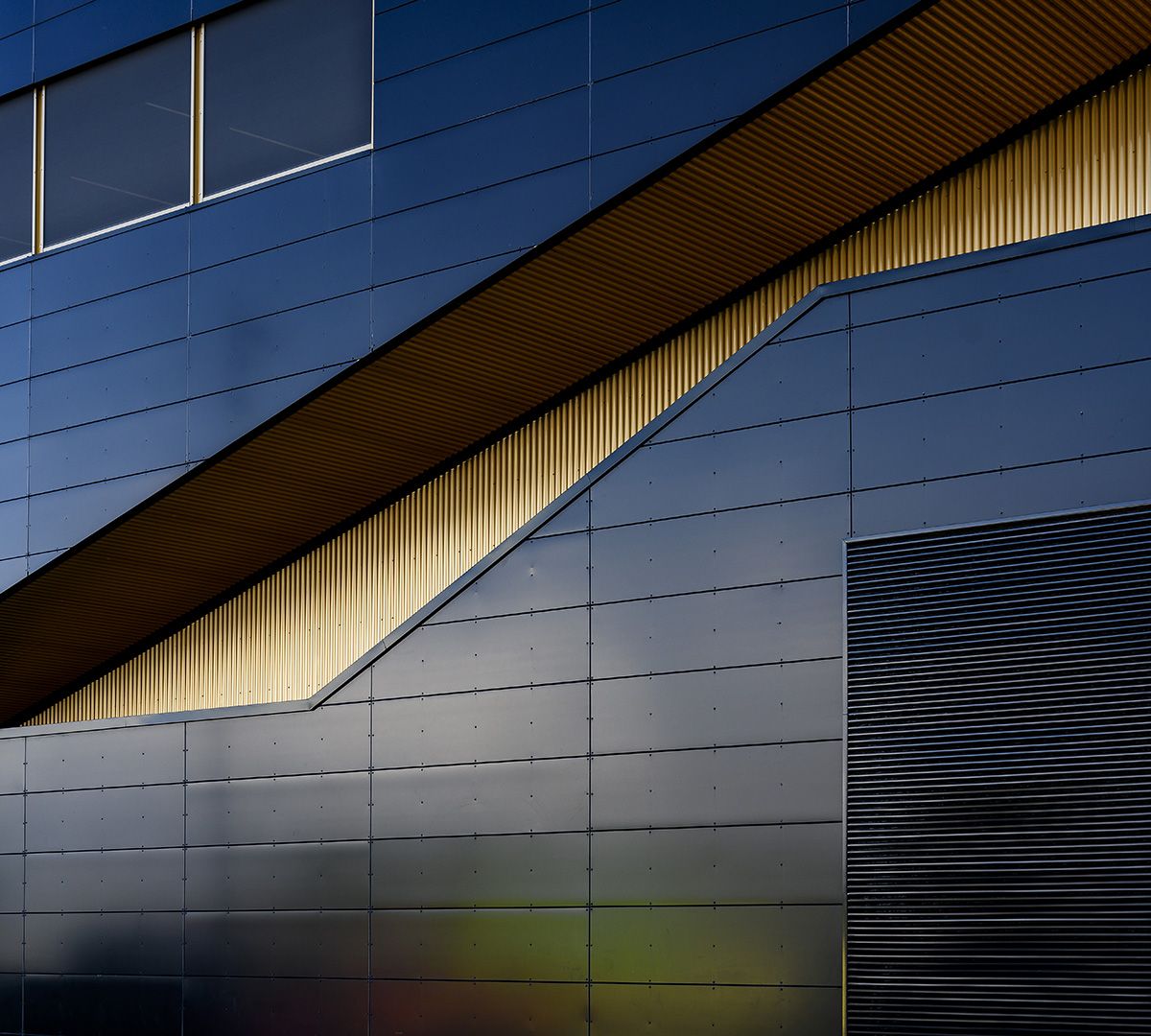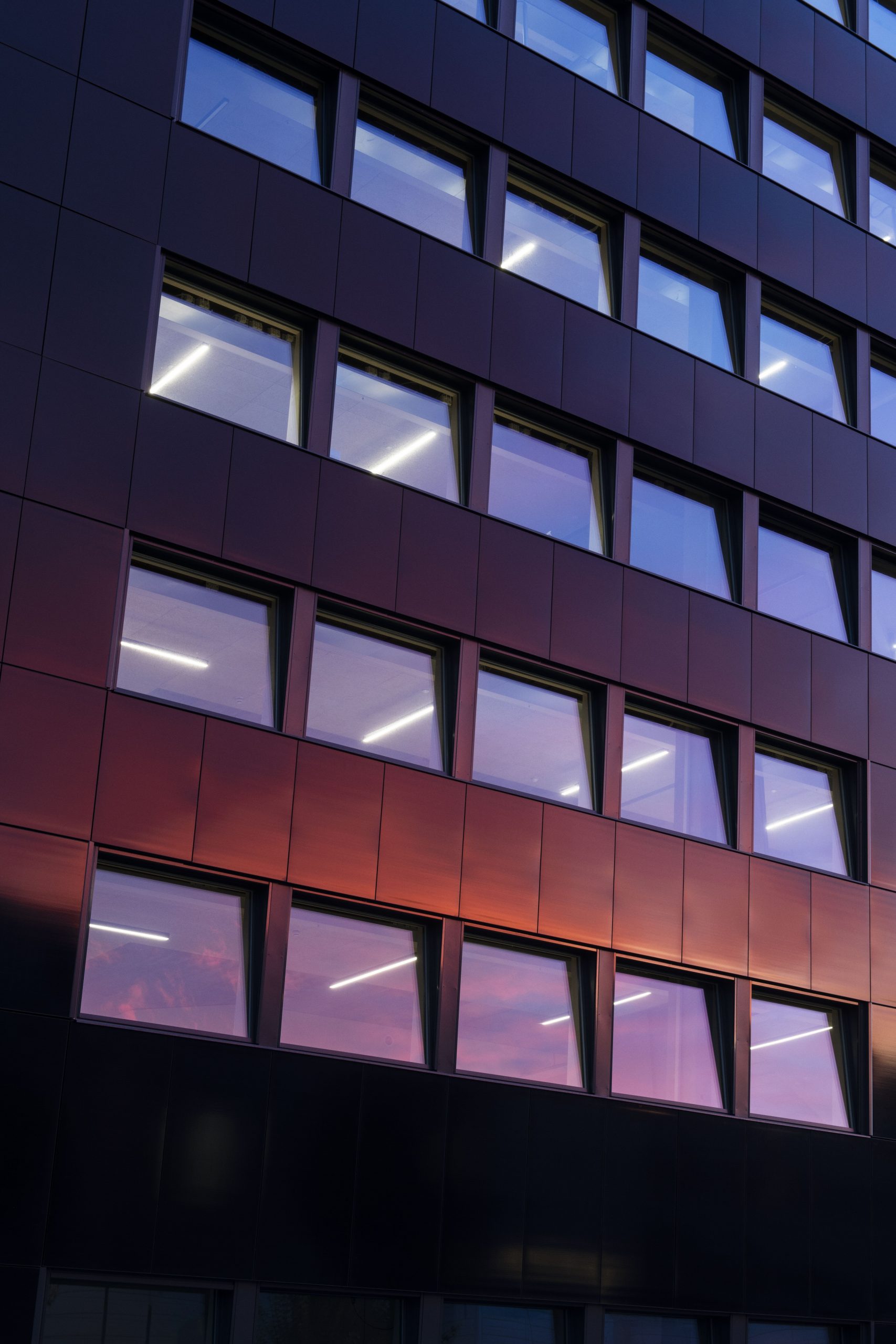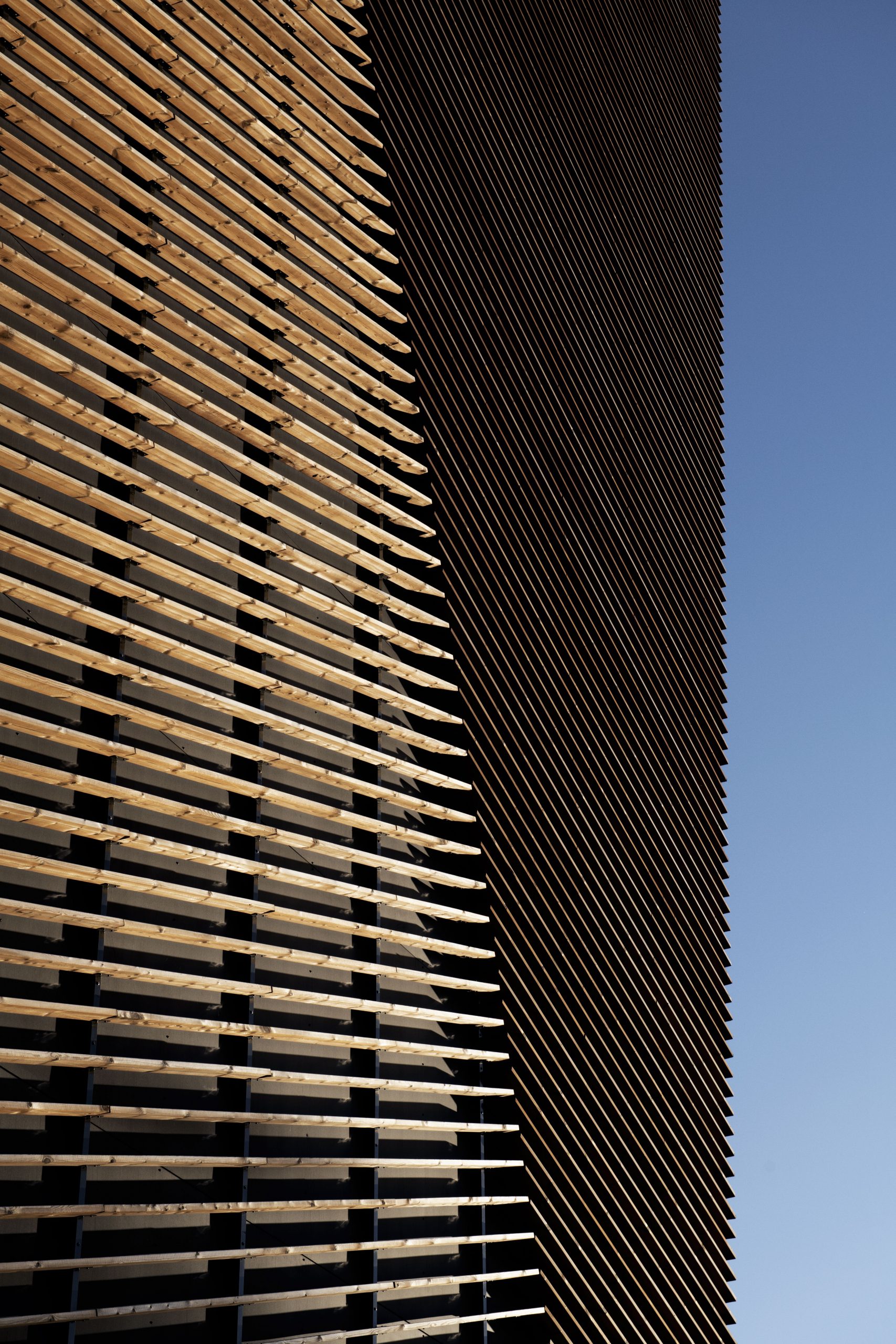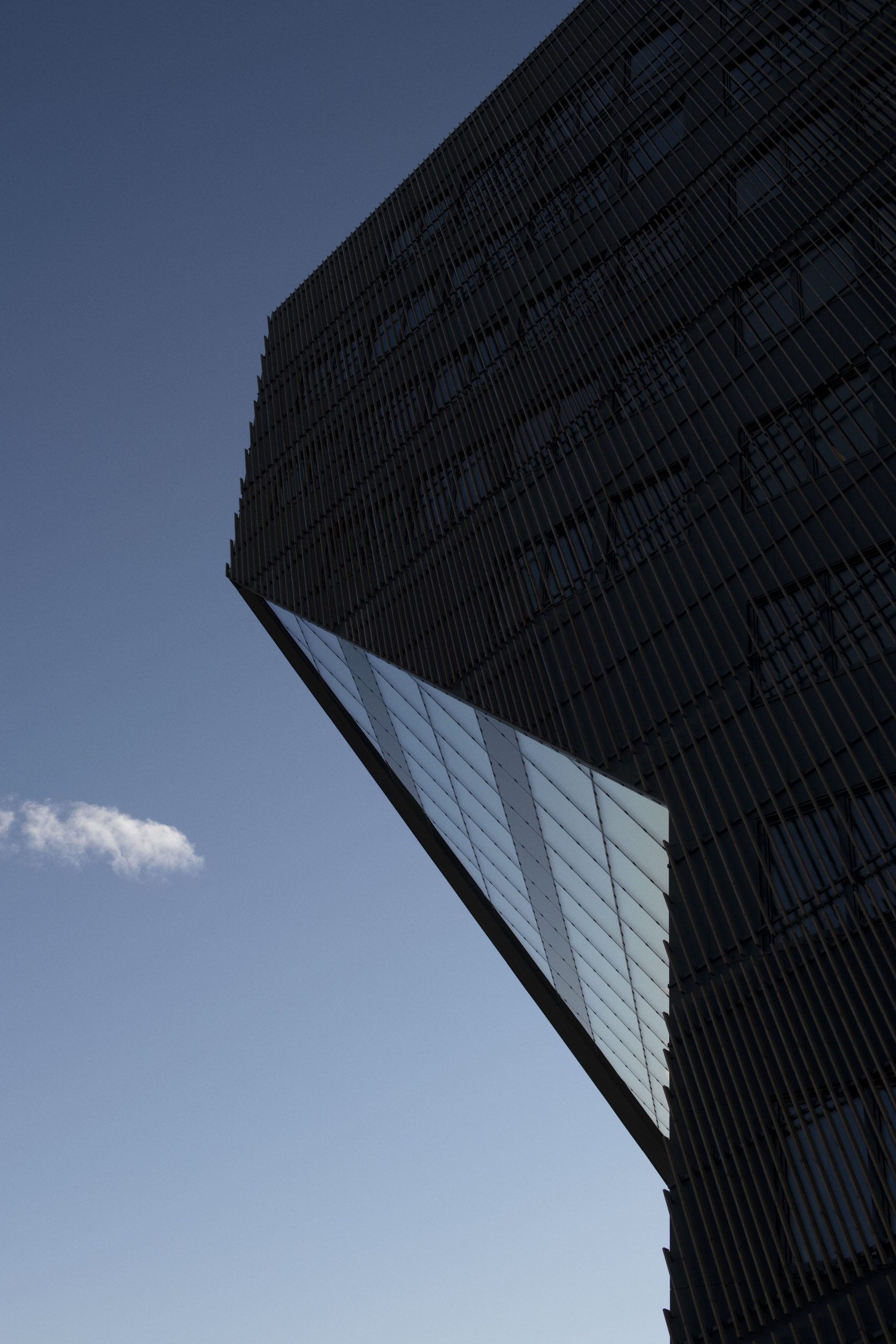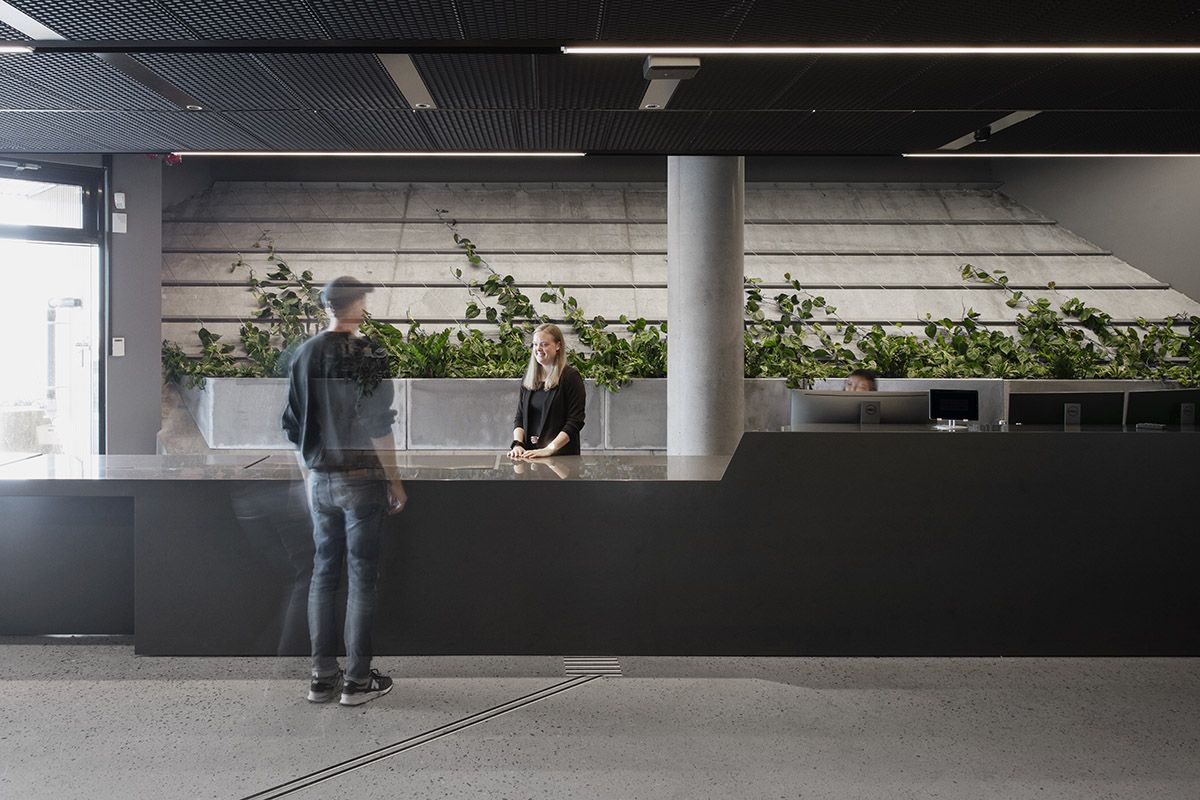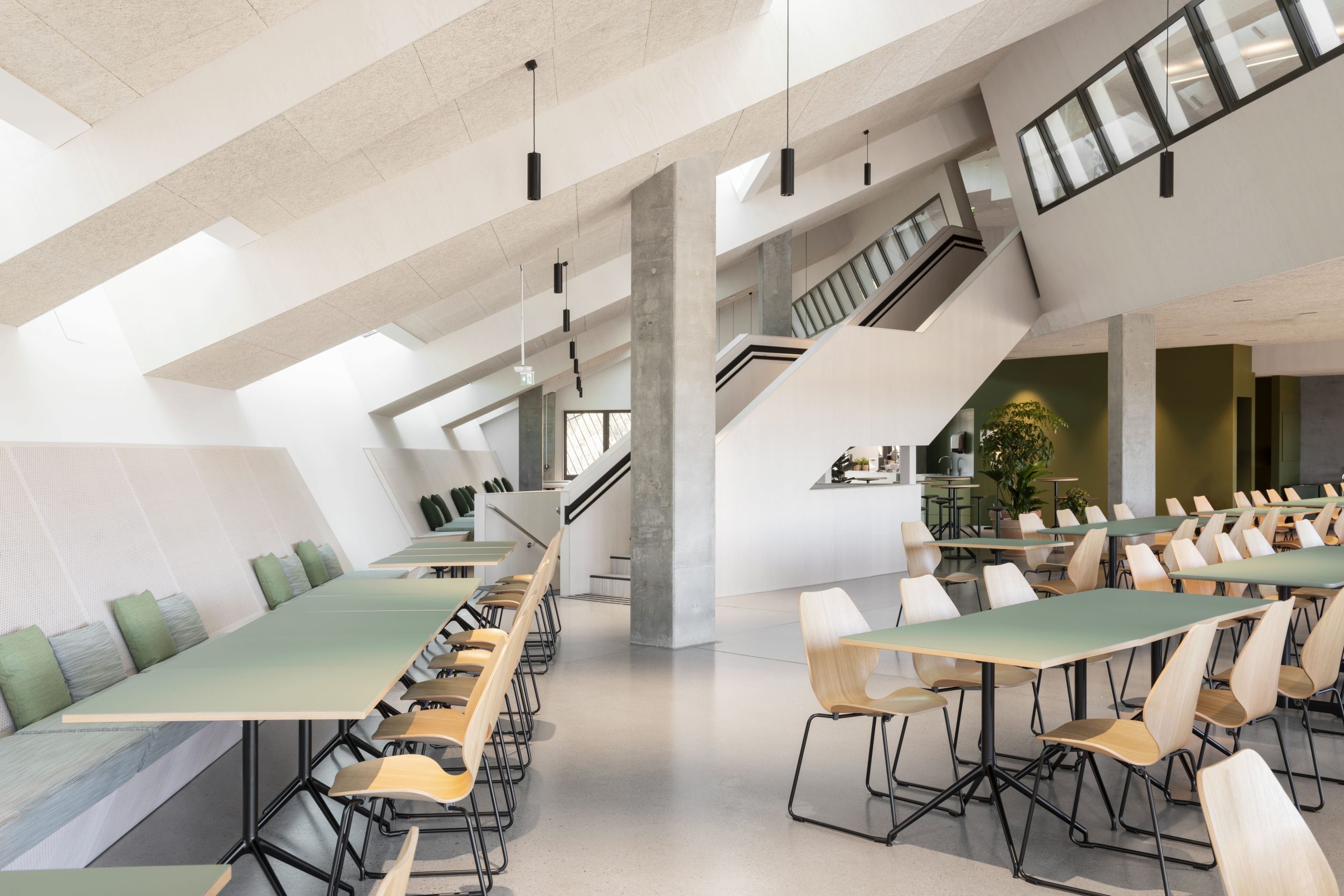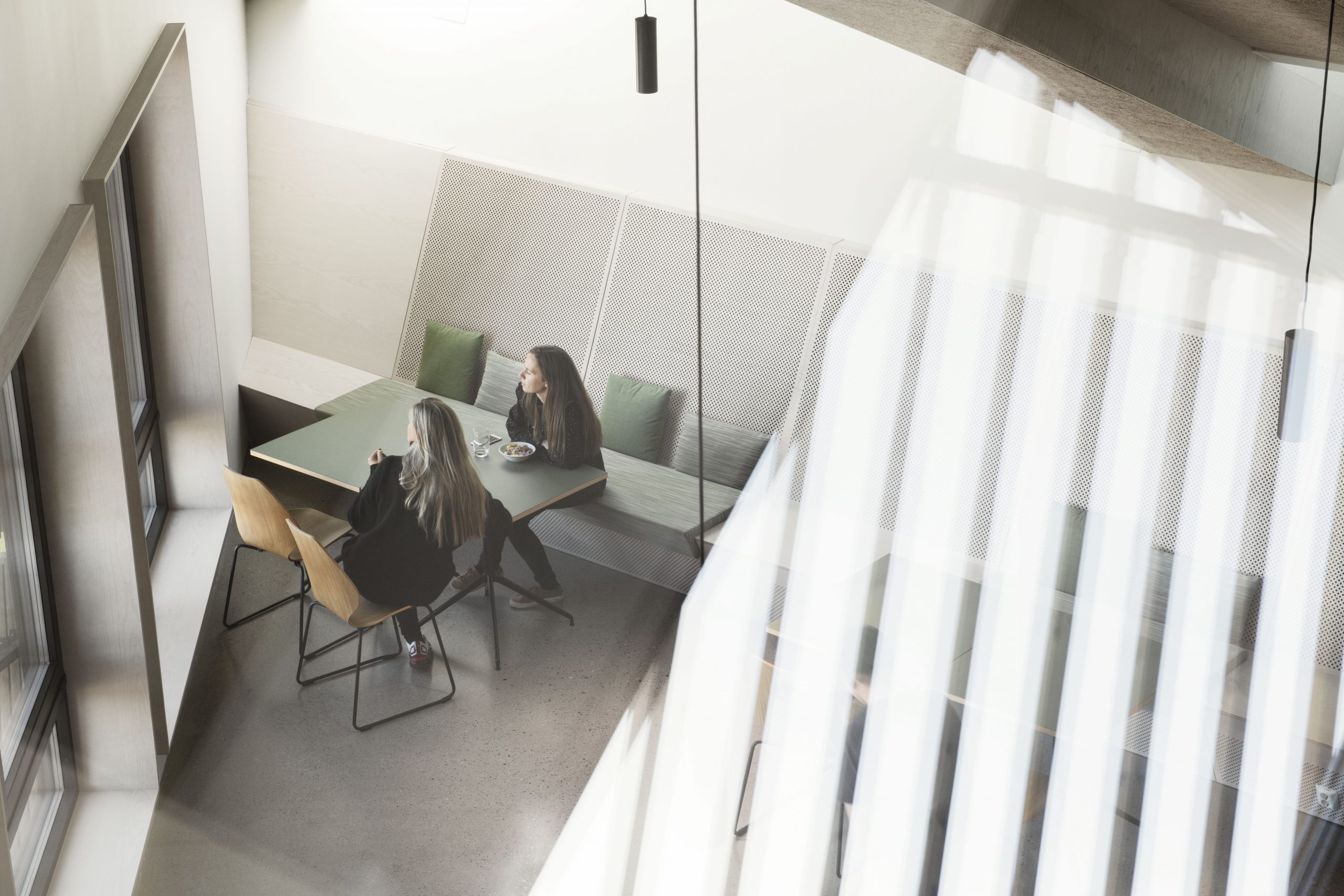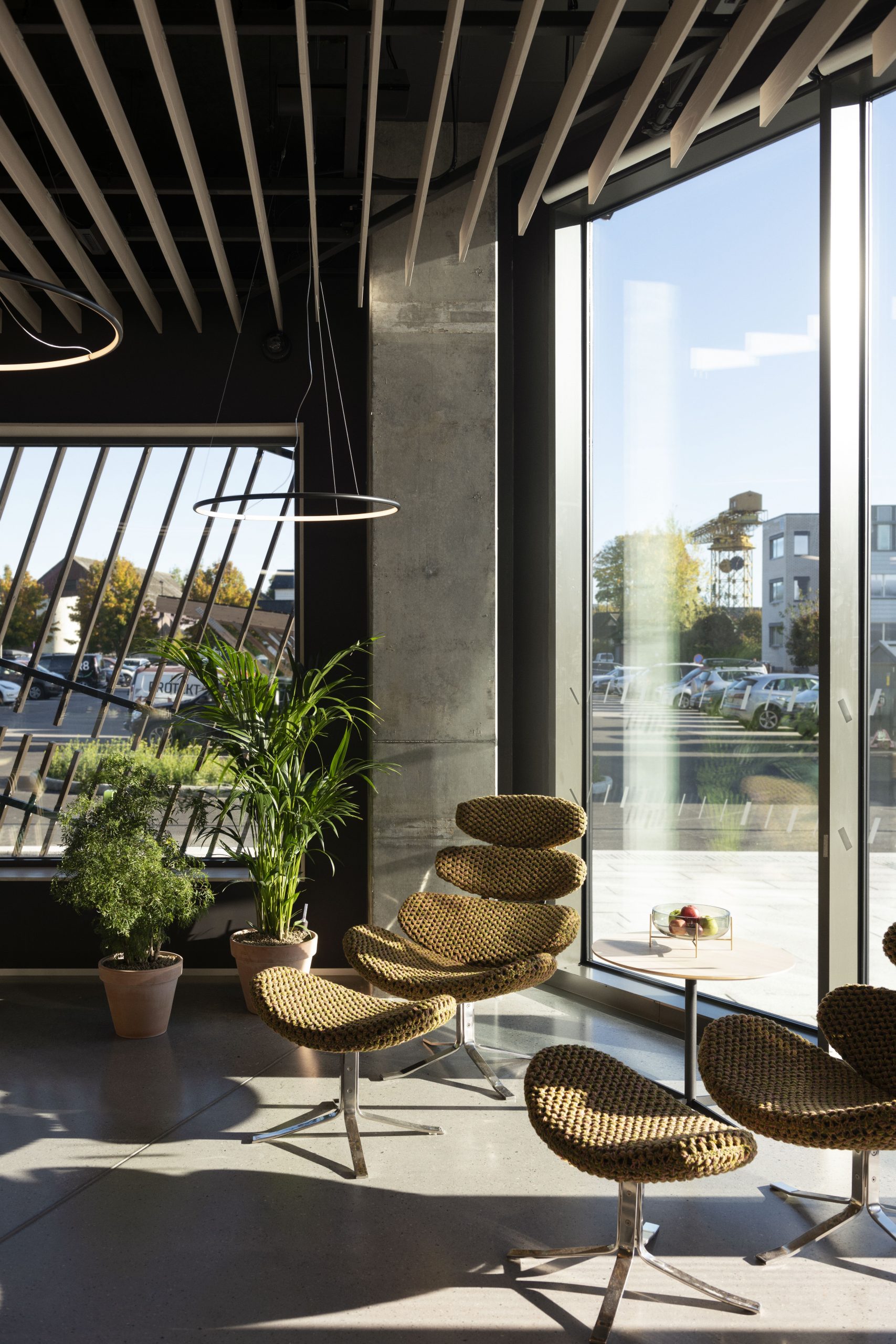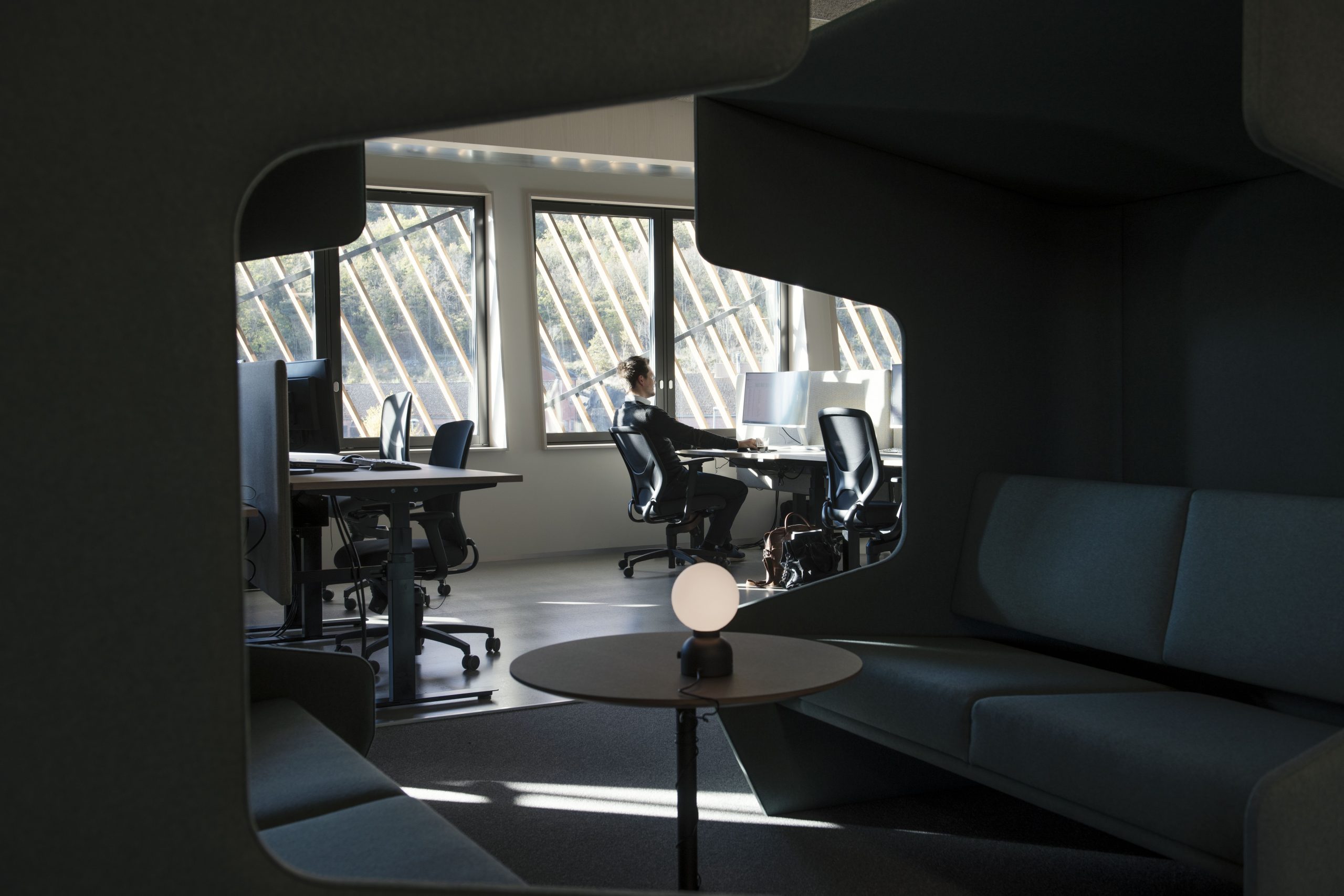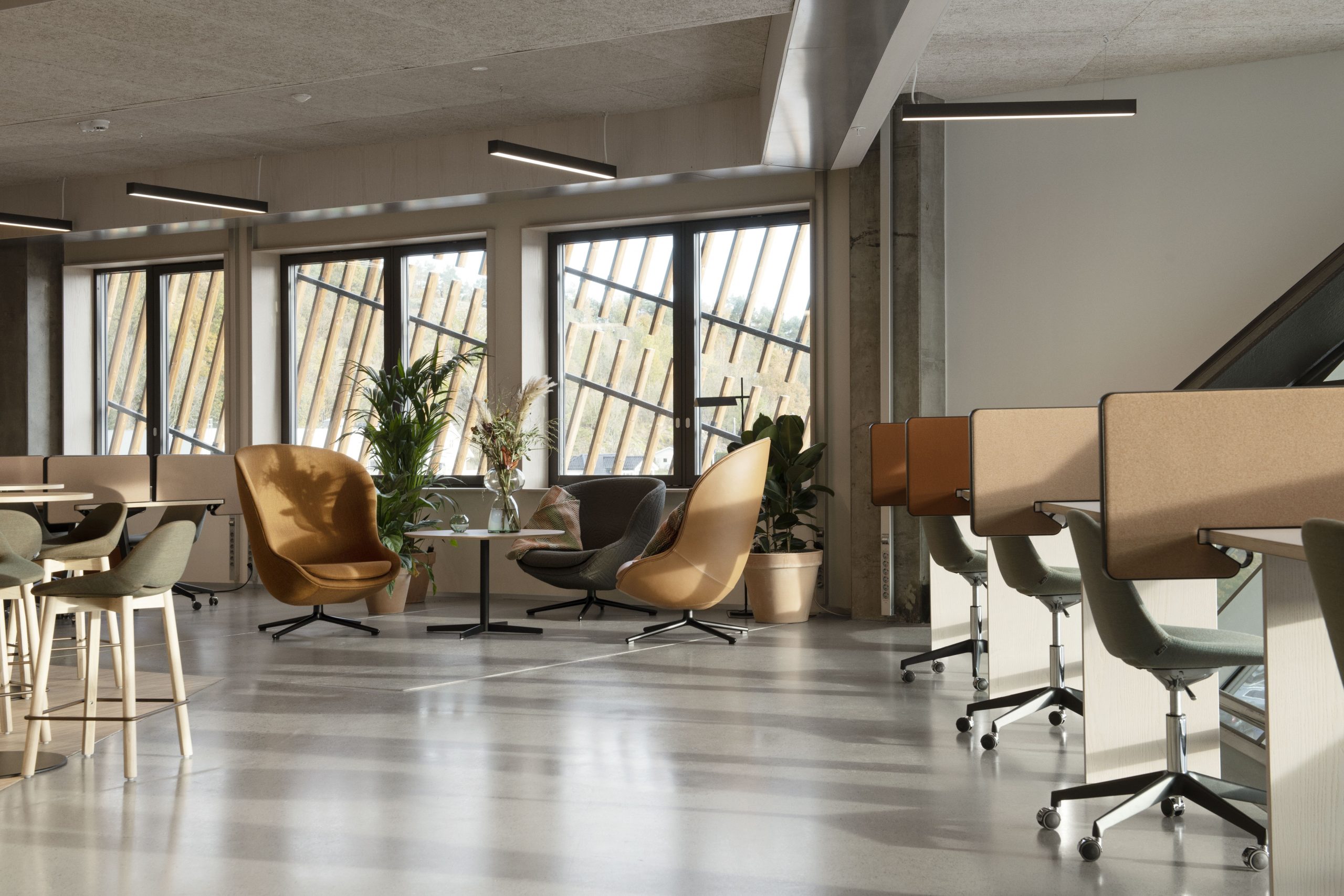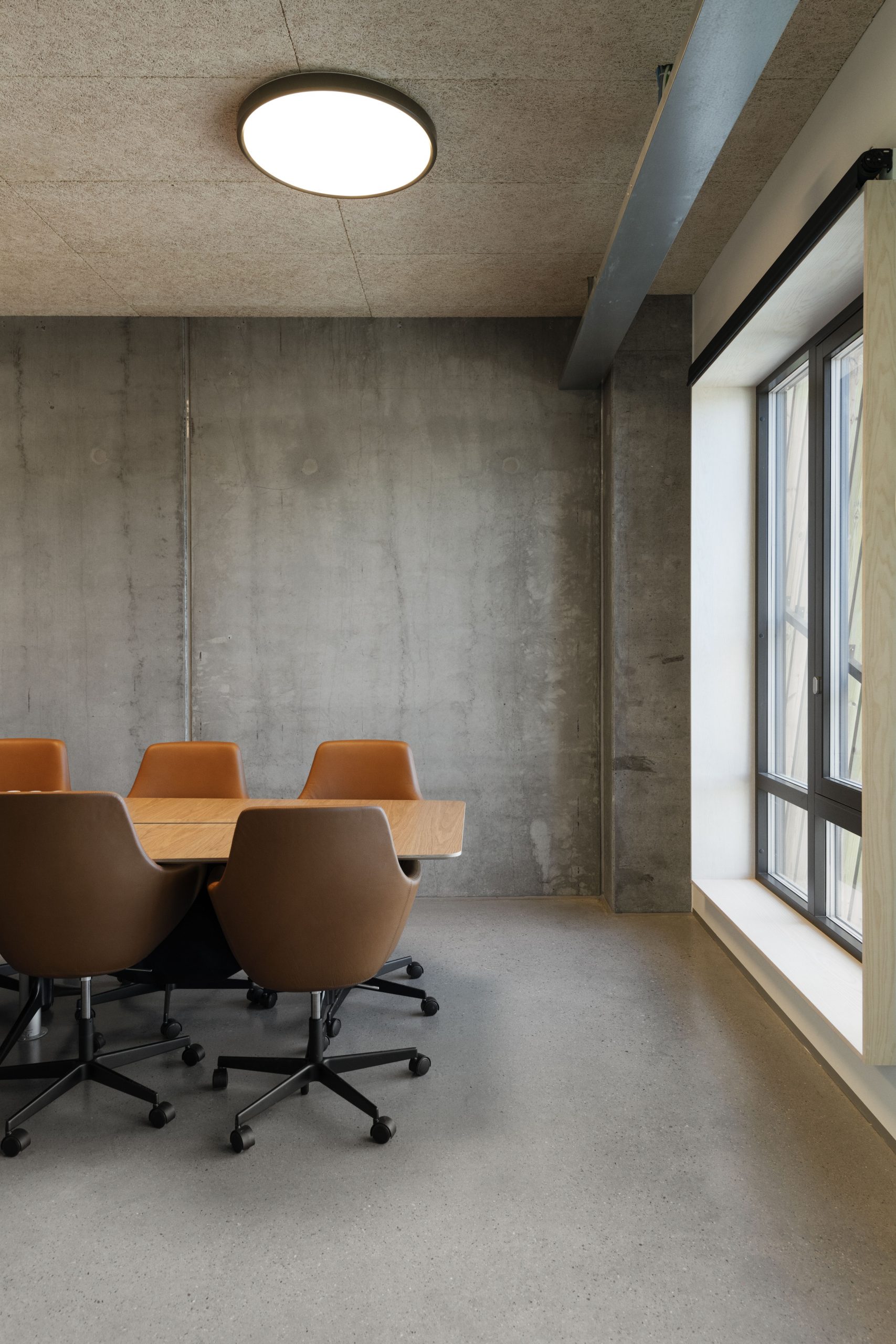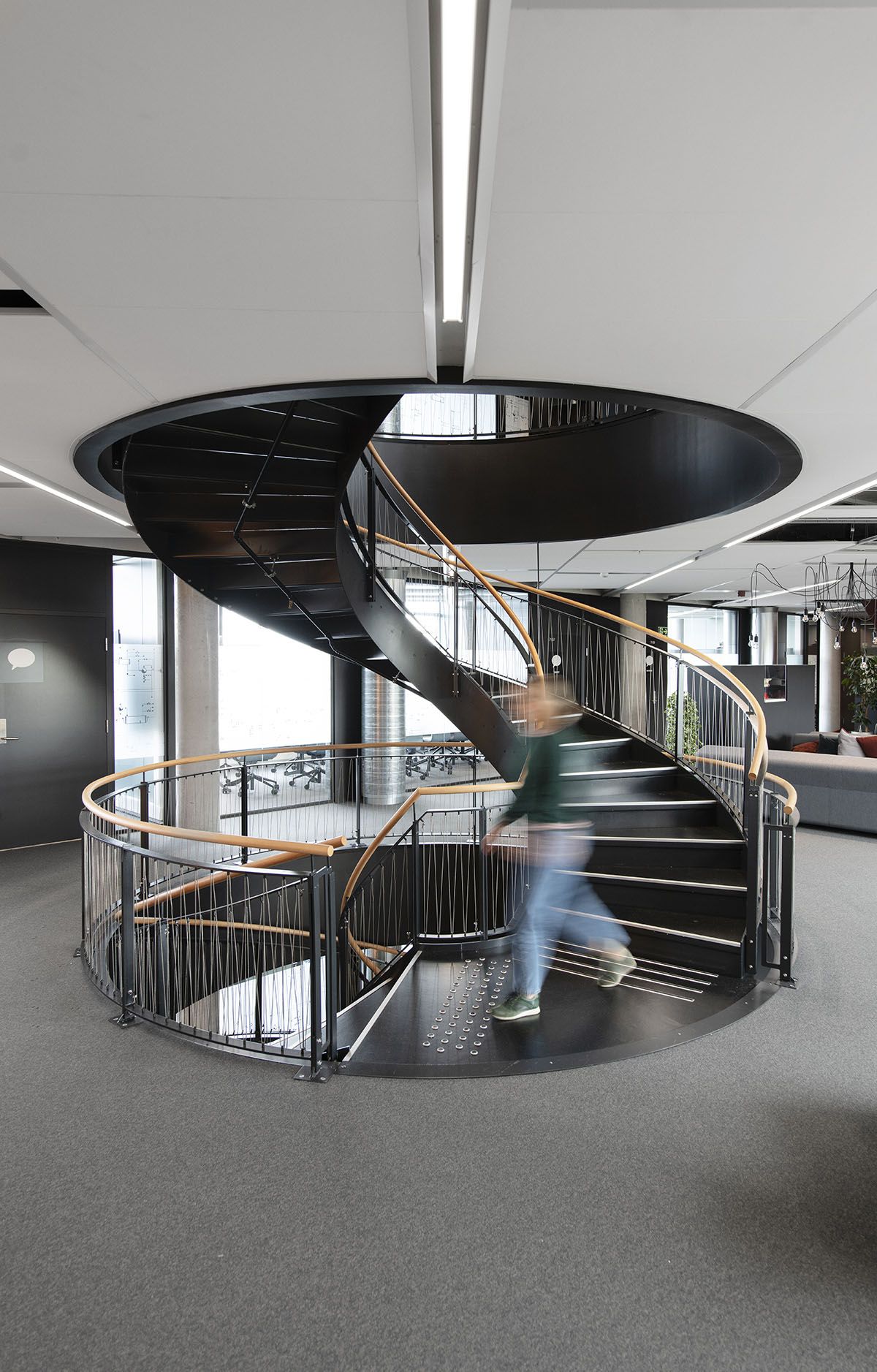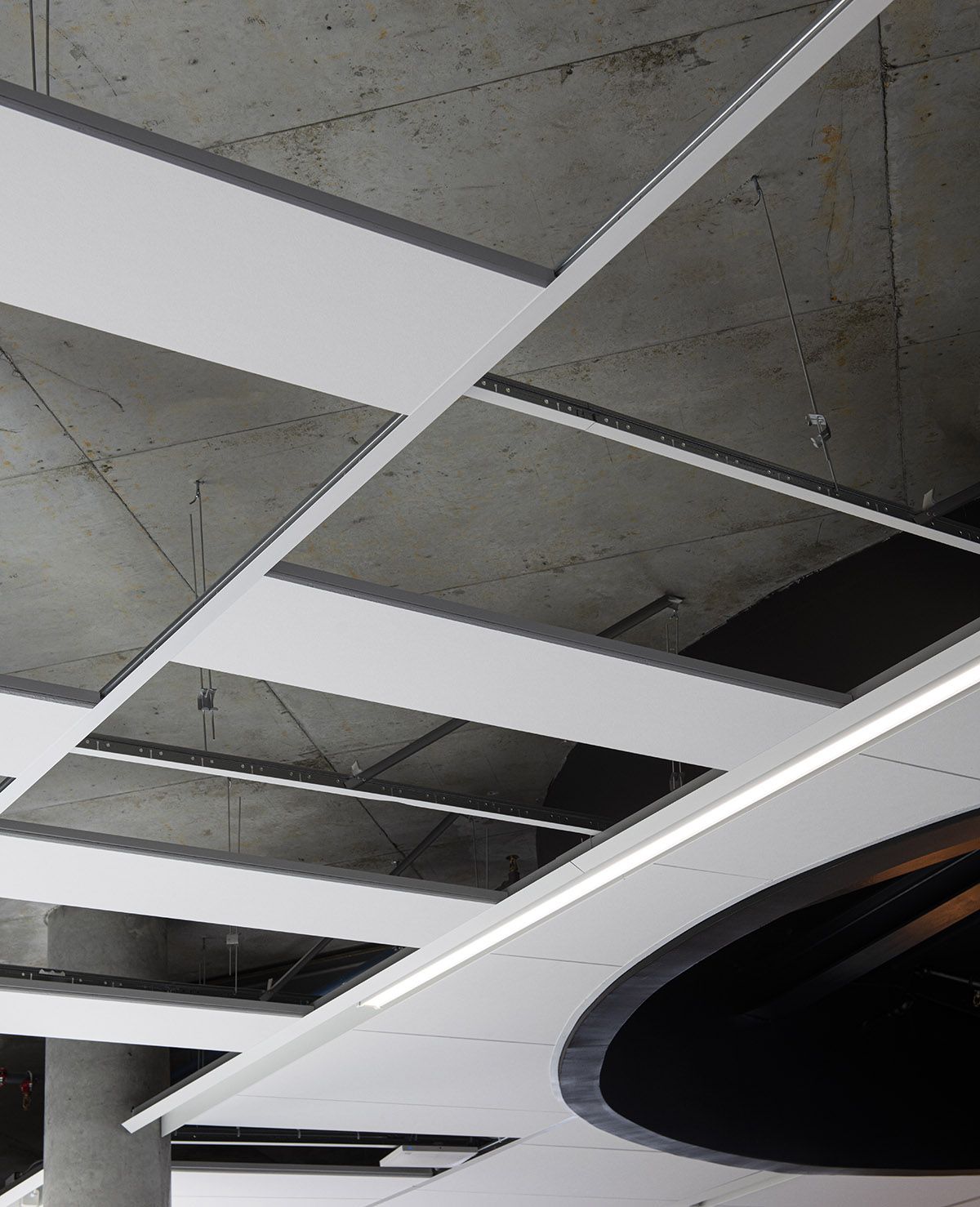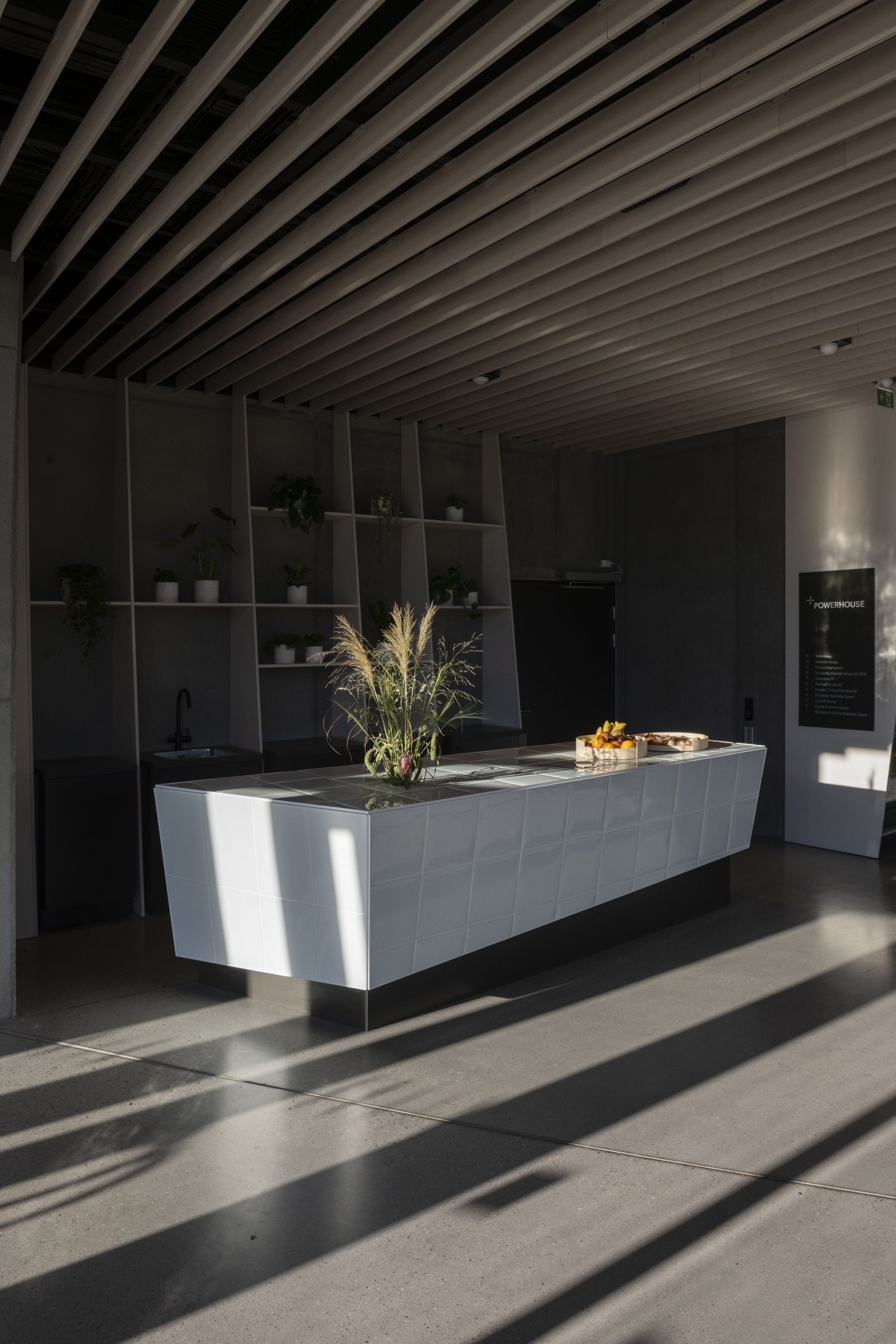Snøhetta Completes its 4th Energy Positive Powerhouse: a sustainable model for the future of workspaces that generates more energy than it consumes
Norwegian architecture firm Snøhetta collaborates once again, with R8 Property, Skanska, and Asplan Via to present to us the latest addition to its Powerhouse portfolio. Snøhetta embarked on designing the Powerhouse series and bringing their vision into reality with the aim of setting new standards for environmentally sustainable architecture.
Redefining sustainable architecture
In a world where the energy sector and building industry are responsible for over 40% of greenhouse gas emissions, and with even a global disruption such as the COVID-19, architects have envisioned a future in which man can coexist with these things, and lessen his impact on the environment. Snøhetta is one of the leading architectural firms that sought modern solutions for modern problems and presented to us more than one environmentally-aware designs, with their 4th energy positive Powerhouse at the top of the list.
This 18,000-square-metre, energy positive, office building overlooks the Trondheim Fjord has been dubbed the ‘world’s northernmost energy positive building.’ It is located by the harbor and the rear end of the building is connected to the Trondheim Central Station via a pedestrian bridge. Unlike any other new-construction offices, the annual net energy consumption of the Powerhouse was reduced by 70%. The energy positivity of the Powerhouse doesn’t stop at that, since the building is going to generate more energy than it will consume over its entire lifespan.
The future of working spaces
Clad in black aluminum and solar panels, the 11-story Powerhouse exhibits the true potential of sustainable architecture as a unique opportunity to harvest and store solar energy under the most challenging conditions. Standing out against the surrounding industrial landscape, the Powerhouse is slightly conical, asymmetrical, with an east-facing façade. All of these elements go into making the Powerhouse an absolutely unique design.
The building signifies Norway’s approach to decarbonizing new construction and its growing investment in green economy. Powerhouse Telemark is going to generate around 256,000 kWh each year (roughly the annual energy consumption of twenty average Norwegian households), which will all be sold back to the energy grid.
Powerhouse Telemark is designed to meet the global need for working spaces that accommodate remote working, especially at times when social distancing has become a must and the “working from home” culture bloomed. It features a barception, two stories of co-working spaces, office spaces, a restaurant, penthouse meeting spaces, and a roof terrace overlooking the fjord.
Powerhouse Telemark is designed to meet the global need for working spaces that accommodate remote working, especially at times when social distancing has become a must and the “working from home” culture bloomed. It features a barception, two stories of co-working spaces, office spaces, a restaurant, penthouse meeting spaces, and a roof terrace overlooking the fjord. Two large staircases cut the building vertically, from the building’s ground to the top floor, going through the reception area, the staff restaurant, and the penthouse meeting area. Another straight wooden staircase is seen at the ninth flood that ties the staff canteen to the penthouse meeting area together and leading the visitors to the roof terrace.
The roof of the building tilts at an angle of 24° and slopes to surpass the extremities of the building’s volume in order to expand the roof’s surface and maximize the amount of solar energy that can be harvested off it. On the façade that’s most exposed to the sun, the building is clad with wooden balusters that provide it with natural shading. The building is strongly insulated in order to promote passive cooling and preserve its heat during colder times. Powerhouse Telemark is quite similar to a stone structure in its heat preserving qualities, each floor is has a geothermal system embedded in it that ensures efficient heating and cooling of the building.
Powerhouse Telemark is equipped with a series of low-tech solutions that prioritize tenant comfort and allow the office building to be used to its full potential. The building can be easily reprogramed, according to the clients’ wishes, to accommodate more or fewer workers. The interior design is flexible and can be tweaked easily with lower costs. Tenants can maximize the potential of the space whether to meet their needs as a traditional office or even to meet their remote work demands.
During these trying times, architecture is certainly outpacing the dilemmas and showing us that if there is something that one can’t overcome, then one can at least learn to live with. Now, with our planet displaying the consequences of disregarding it and focusing on present industrial progress instead of the future, Snøhetta’s Powerhouse Telemark is an energy positive design that thinks of our today but also built with a sharp focus on tomorrow; on environmental consideration, and preserving the built and unbuilt environment for posterity.
Project info
Architects: Snøhetta
Location: Telemark, Norway
Area: 7931 m²
Year: 2020
Manufacturers: STENI
Technical Design: Skanska teknikk, Asplan Viak
Project type: office building
Photography by Ivar Kvaal
Photography by Ivar Kvaal
Photography by Ivar Kvaal
Photography by Ivar Kvaal
Photography by Ivar Kvaal
Photography by Ivar Kvaal
Photography by Ivar Kvaal
Photography by Ivar Kvaal
Photography by Ivar Kvaal
Photography by Ivar Kvaal
Photography by Ivar Kvaal
Photography by Ivar Kvaal
Photography by Ivar Kvaal
Photography by Ivar Kvaal
Photography by Ivar Kvaal
Photography by Ivar Kvaal
Photography by Ivar Kvaal
Photography by Ivar Kvaal
Photography by Ivar Kvaal
Photography by Ivar Kvaal
Photography by Ivar Kvaal
Photography by Ivar Kvaal
Photography by Ivar Kvaal
Photography by Ivar Kvaal
Photography by Ivar Kvaal
Photography by Ivar Kvaal
Photography by Ivar Kvaal
Photography by Ivar Kvaal
Photography by Ivar Kvaal
Photography by Ivar Kvaal



